This sculpture represents a vine with generous and abundant foliage and bunches of grapes. The grape was consumed only by the royal family in China, which is why today it is a symbol of wealth and luxury.
The grape grows in clusters and represents family unity and harmony.
Period: Late 19th century – Qing Dynasty.
Dimensions: Height: 18.5cm x Length: 27.5cm x Depth: 9cm
Base dimensions: Length: 30cm
Signature under the base
"Lard stone" is a steatite (aluminous silicate, iron and magnesia hydrate), white-pale green in color and mottled gray and orange.
It is a kind of very soft jade, allowing really easy cutting, traditionally used in the Far East for making small objects, statuettes, Fô dog, pagodas, magots, sculpted and polished seals.
Composed mainly of magnesium silicate, it is also the main source of talc.
This powder spreads easily by simple rubbing. The name "bacon stone" used by some authors does not really seem to correspond to steatite, which they describe as a "greasy-looking" rock.
But it is possible that the rather particular touch (a little soapy) of this mineral produced this name and this description. It was widely imported into Europe in the 18th century.





















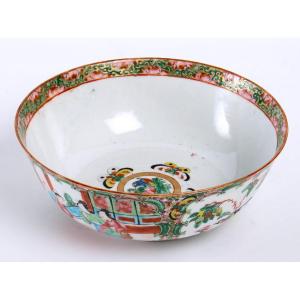



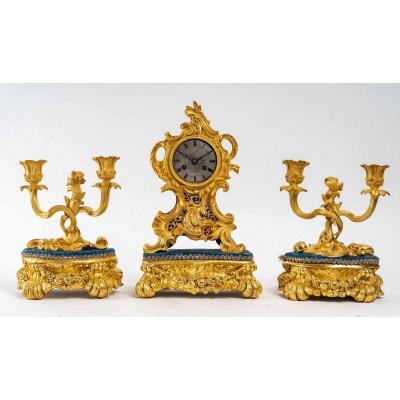

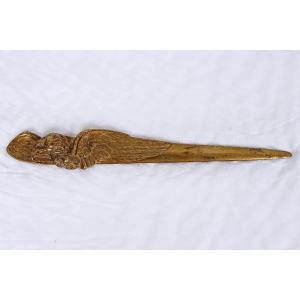
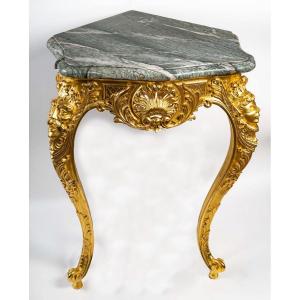
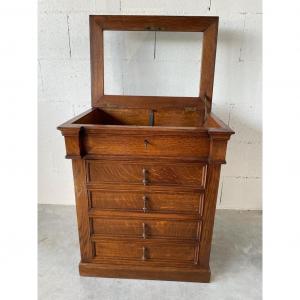
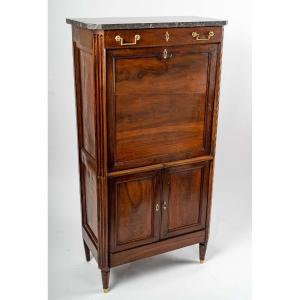
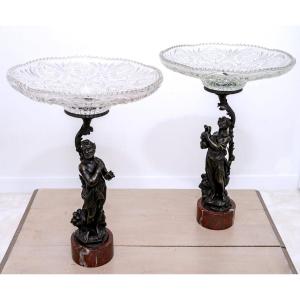
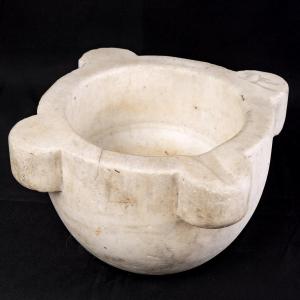
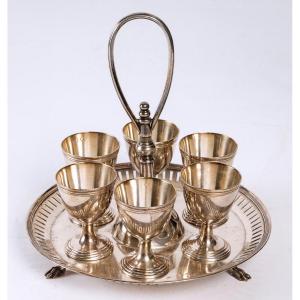

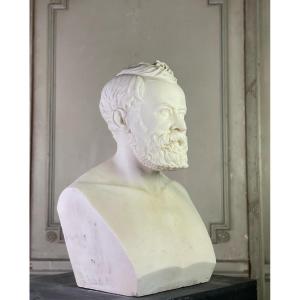

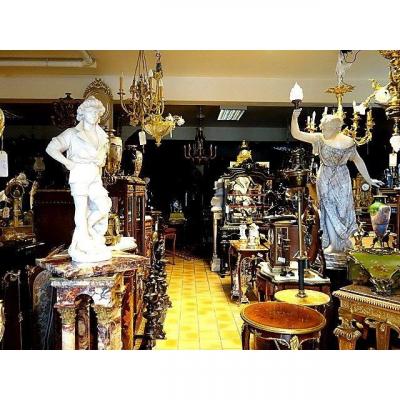



 Le Magazine de PROANTIC
Le Magazine de PROANTIC TRÉSORS Magazine
TRÉSORS Magazine Rivista Artiquariato
Rivista Artiquariato